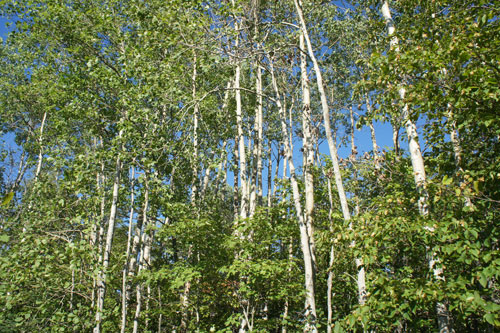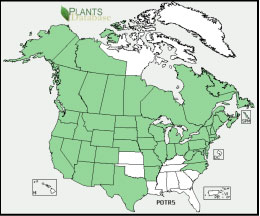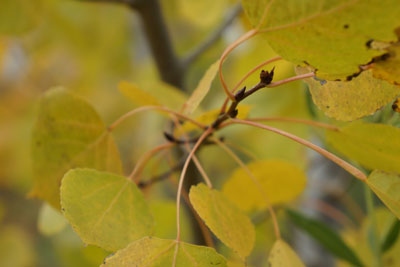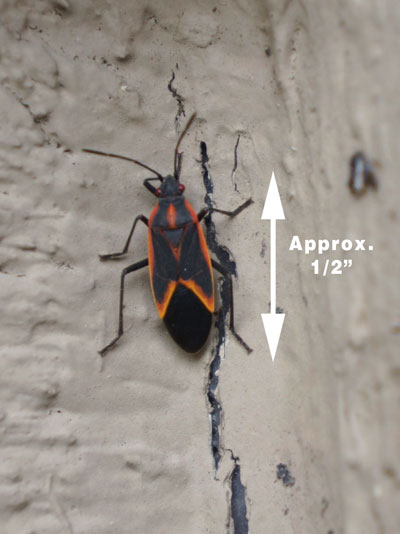October - Wisdom from the Trees
/Tree of the Month
Quaking Aspen - Populus Tremuloides
 Quaking Aspen, Populus tremuloides, in Northern Door County, WIQuaking Aspen is another cool tree that most of us have seen but may not know, struggles in our Chicago climate. I thought since Gil shared some of it’s unique lessons with us it would be fun to feature it as the tree of the month.
Quaking Aspen, Populus tremuloides, in Northern Door County, WIQuaking Aspen is another cool tree that most of us have seen but may not know, struggles in our Chicago climate. I thought since Gil shared some of it’s unique lessons with us it would be fun to feature it as the tree of the month. The Quaking Aspen, is native to almost every region of North America.
The Quaking Aspen, is native to almost every region of North America.
Aspens are often mistaken for Birch trees because of their white grey bark. That bark is so thin that the tree’s photosynthetic layer beneath it allows easy sugar production all through the winter.
They are a remarkable species of tree because they are never found as “individuals” in the wild. We often talk about the fact that trees are tribal, that they are not meant to live alone. This is especially true of Aspens, as a stand of Aspens are actually one huge organism that is all connected underground and can cover from 1 to 20 acres! As a matter of fact their underground root system can remain completely unseen until enough light penetrates the forest floor to produce stem and leaf production. This asexual or vegetative reproduction from root systems affords Aspens some great ecological advantages. One of the most prominant being longevity. The oldest known Aspen root system in existence has a name, Pando, and is located in the Fish Lake National Forest near Bryce Canyon National Park, in Utah. Amazingly it is 80,000 years old, although 5-10,000 year Aspen root systems, or “clones” as they are called, are much more common.
Unfortunately, this longevity is only true of wild Aspen, not individual specimens in the Chicago landscape. The short video clip shows our little Aspen, trembling in the wind of a fall day.
Quaking Aspen’s Lessons
Backyard Wisdom by Gilbert A Smith
ISA Master Arborist
 Quaking AspenI’ve planted one non native tree in our prairie garden because we like the way the breeze causes the leaves of this plant to dance. The small tree of course is a Quaking Aspen (Populus tremuloides... I just love that Latin name, which directly translates to: “Poplar trembling”).The reason that the leaves in the Poplar family tremble is because the leaf stems or petioles are not round but flat and the leaf base is deltoid in shape. So the wings of the leaf base catch the wind and the flat petiole offers resistance in two directions causing it to dance from side to side.
Quaking AspenI’ve planted one non native tree in our prairie garden because we like the way the breeze causes the leaves of this plant to dance. The small tree of course is a Quaking Aspen (Populus tremuloides... I just love that Latin name, which directly translates to: “Poplar trembling”).The reason that the leaves in the Poplar family tremble is because the leaf stems or petioles are not round but flat and the leaf base is deltoid in shape. So the wings of the leaf base catch the wind and the flat petiole offers resistance in two directions causing it to dance from side to side.
No one knows exactly what the evolutionary advantage of this quaking is. It has been suggested that the motion sets up an air foil that actually suspends the branches in the high winds of the mountains.
Aspen is one or the toughest and most adaptable species of trees. It grows in higher elevations and lower elevations, in the hottest and coolest temperatures, and in the wettest and driest climates. It is truly a tree with grit, but we should note, that it does not grow naturally in the Chicago area.
Why is that? We have found a very few small pockets of native Aspen in Riverwoods, Glenview, and Lake Forest and these are in the well drained soil beds of old streams and ravines. The important lesson to take away is that the vast majority of N. E. Illinois soil is poorly drained glacial clay. Our wonderful Illinois soil has a long and interesting history which I will have to talk about another day but why does this matter to us?
It matters because most trees grow better, in fact 30% better in well drained soils of the East, North, South, and the West in the U.S. So, native Quaking Aspen are indicators of places that trees grow with health and vigor. And where Aspen do not naturally grow, (most of Illinois) we need to take special care in planting and maintenance to overcome the disadvantages that our trees encounter. This is why we are so insistent (contrary to many landscapers) on planting trees several inches high, mulching out to the branch spread and supplemental watering during drought.
If you’d like to learn more about these tree saving practices please refer to our Planting, Watering and Mulching Abstracts.
Box Elder Bugs
Mother Nature's Moment by Lesley Bruce Smith
ISA Certified Arborist
 Box Elder Bug
Box Elder Bug
We have had a number of questions regarding the prolific box elder bug population this year. In response to those inquiries we share the following.Trying to remove the nesting location for the Boxelder Bugs is not a practical idea because the bugs are very mobile, being able to fly up to 2 miles. They use not only Box Elders, which are in the maple family, but also Ash and other Maple species for food. As a result, trying to erradicate their hosting place would mean denuding a two mile radius of up to 75% of the tree population.
The University of Minnesota recommends physical removal using a broom or vacuum when the bugs are prolific on the house. Our experience with these critters are that they will have robust populations in some years and then not at all in others. They are completely harmless to both humans and their host plants and normally we do not even notice them except sometimes for a brief time in the spring and then in the fall when they are trying to find overwintering spots.
There are pesticides that are recommended to help keep them off of the house, however, the pesticides recommended are quite toxic, to humans and pets and are relatively ineffective in controlling the pest. We DO NOT recommend their use, especially in an effort to erradicate a pest that is completely harmless!


